So some of you know I have been working on a new tester. It is not going to replace the STATE, it is quite a different beast and serves a smaller subset of people I think. It is probably about time that I talked about it though, as I need some push to get it to a version that I can actually give to people to try out.
This prototype is currently being held up in hardware… and software… If anyone is in a position to get on board with some software I would be interested in talking. Maybe open source the whole project ? I would love to be able to make the boxes for other people to develop amazing software for.
Its based on a Teensy (because I love them) and because it reduces the hassle of prototyping with a really good capable processor.
Now follows a really long list, the colours are ORANGE for nearly there, needs work or has some obvious problems, GREEN for all good, first round tests ok. RED is not even started, don’t go there, hiding in a corner from the problem.
| STATUS – Lighting protocols tester | |
| Specification | |
| STATUS is a multipurpose tool aimed at the live events industry. It allows a field technician to diagnose faults, test for presence | |
| of correct signals and wiring and control lighting equipment across a variety of different control protocols. | |
| The unit can be used to act as a protocol bridge in some circumstances, and data can be recorded and played back from a micro SD card. | |
| DMX, DMX RDM, ArtNET, sACN, OSC, MIDI, MTC, LTC and supported at this time. | |
| The battery powered tester frees the technician from carrying around a easily damaged expensive laptop and multiple dongles. | |
| The unit also provides a computer interface for the mentioned protocols, and a suit of applications using the data will be avaiable soon. One, the LTC display is already available – Allowing the display of SMPTE Timecode on a Mac or PC in a floating window, so values can be embedded with screen recordings, or used as a large clock readout. | |
| DMX | |
| The unit can receive and transmit DMX512, STATES can be set up by channel or individual fixtures can be tested from on board library (updated via micro SD card included) | |
| Scope mode; 4 channels can be views level against time on an oscilloscope style display. – helpful for diagnosing transient faults. | |
| 64 channel levels viewable at once in DMX input view | |
| Completed states can be saved to SD card for replay via DMX or any other below protocol. | |
| RDM | |
| Discovery, Identify, Report sensors, send lamp strike/reset/douse, readdress. | |
| CABLE | |
| Open and short circuits can be detected in standard wired DMX 5pin XLR cable (pins 1,2,3) | |
| Pictorial reference for ease of diagnosis. | |
| New board has broken this… | |
| ArtNet | |
| All features of DMX | |
| Stat page showing universes on network, framerate etc | |
| Send to any Universe, by channel or fixture. | |
| Save a Universe to memory (SD card) or All incoming universes to a memory. (selectable) | |
| sACN (E131) | |
| As per ArtNet features | |
| Send | |
| receive | |
| port to other protocols? | |
| OSC | |
| receive and display incoming strings on a fixed port. | |
| send test string | |
| MIDI | |
| Input log, shows incoming data on inbult 5pin DIN connector | |
| MSC decode, decodes MSC into human readable Cue numbers etc | |
| Midi output to send notes on/pff, pitch and velocity changes. | |
| Ping | |
| Ping a device on the local network. Selectable “to” and “from” IP addresses | |
| MTC | |
| Display Midi timecode and frame rate | |
| LTC | |
| Display SMPTE Linear Timecode (LTC) and frame rate from inbuilt 3pin XLR | |
| Display average incoming signal level in mV and on bargraph | |
| MAC and PC App to display LTC in a floating window (for screen recordings, TC tagging, larger clock displays etc) – Done | |
| PLAYBACK | |
| Playback saved memories to DMX, ArtNet and sACN. Regardless of where they came from. | |
| Memories can be edited easilyfrom the SD card in a text editor or VIA SOME SOFTWARE PRODUCT..?? | |
| Debug | |
| The USB on the device outputs serial which can be viewed in any terminal program, providing an ALL PROTOCOLS to serial adaptor for logging projects etc. | |
| Could be used to timestamp with LTC for example, or view incoming MSC comands over the course of a day. | |
| HARDWEAR | |
| Encoder for rapid level setting (clickable to jump 0,50,100%), encoder also selects universes etc. | |
| Touchscreen | |
| Rechargeable Lithium Polymer battery, charges via micro usb B, using supplied cable. | |
| Robust extruded aluminium case | |
| XLR 5 pin Male DMX | |
| XLR 5 Pin Female DMX | |
| XLR 3 Pin Female (LTC) | |
| DIN 5pin (MIDI) | |
| RJ45 Socket (ArtNet,sACN,Ping,OSC) | |
| MicroSD – fixture library and saved states – editiable via any text editor. | |
| Battery life is ….. | |
| Charge time is…. | |
| Battery monitor (an improvement from STATE R3!) | |
| Future possibilities…. | |
| Node mode?? |

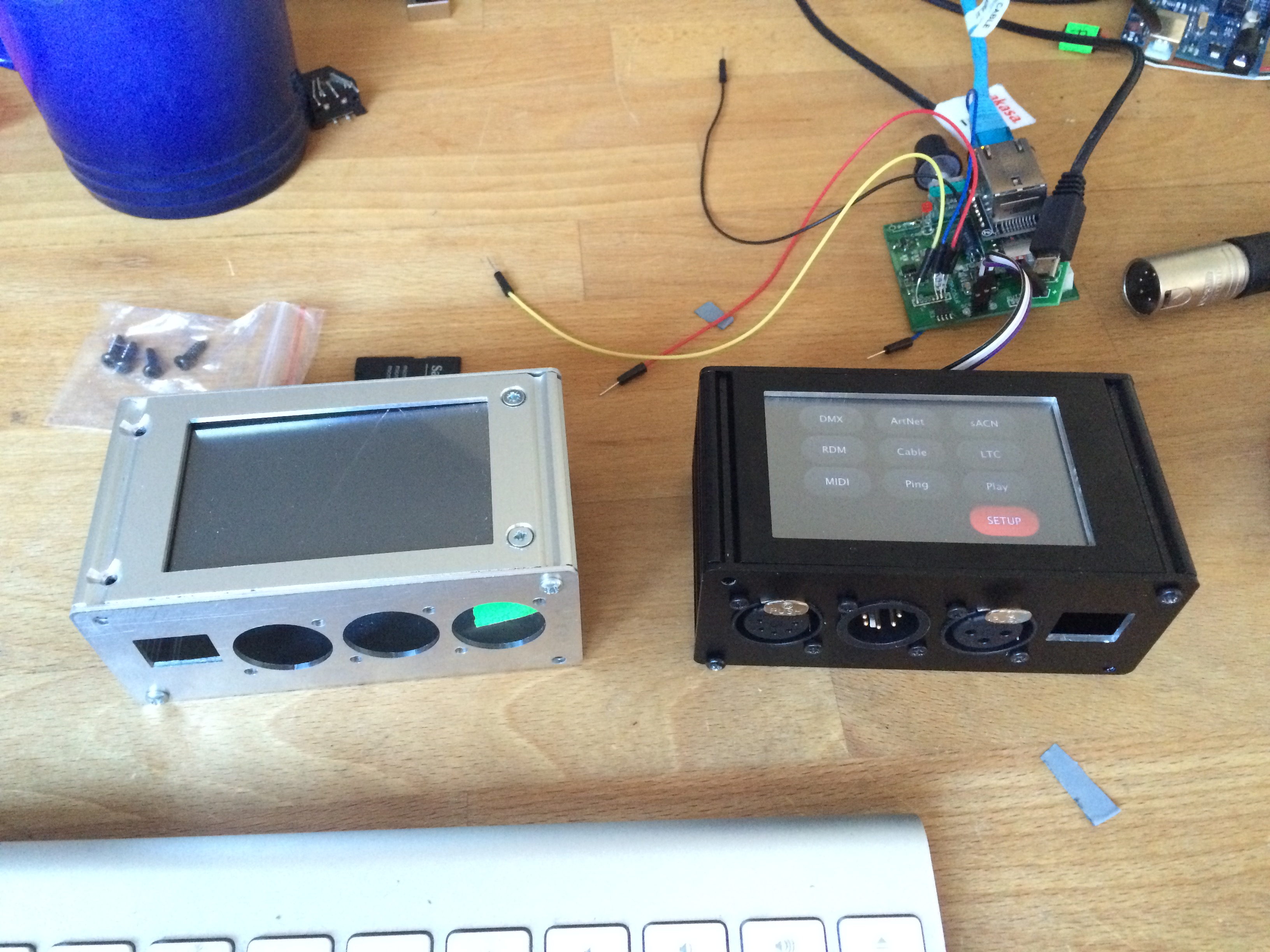
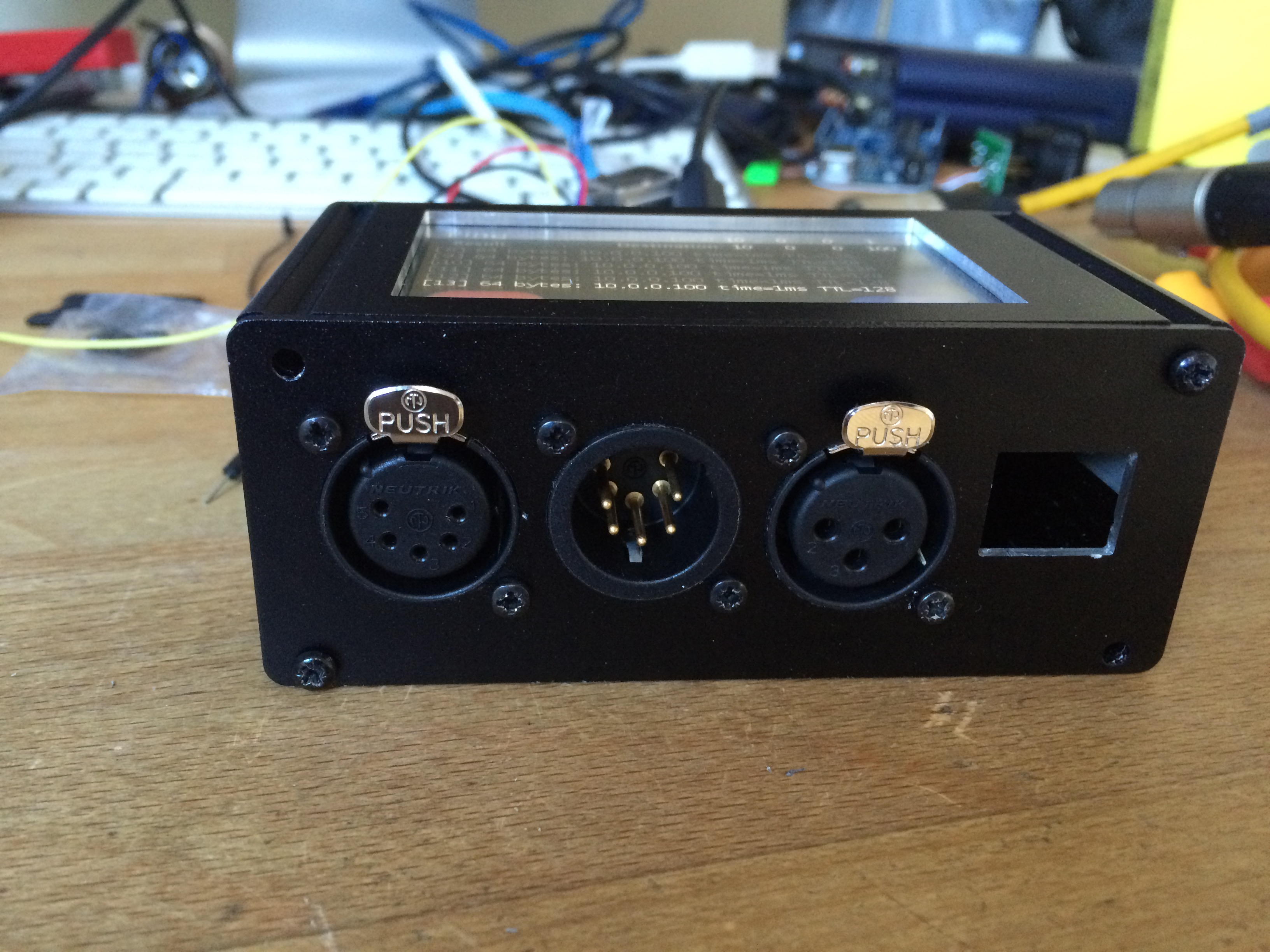
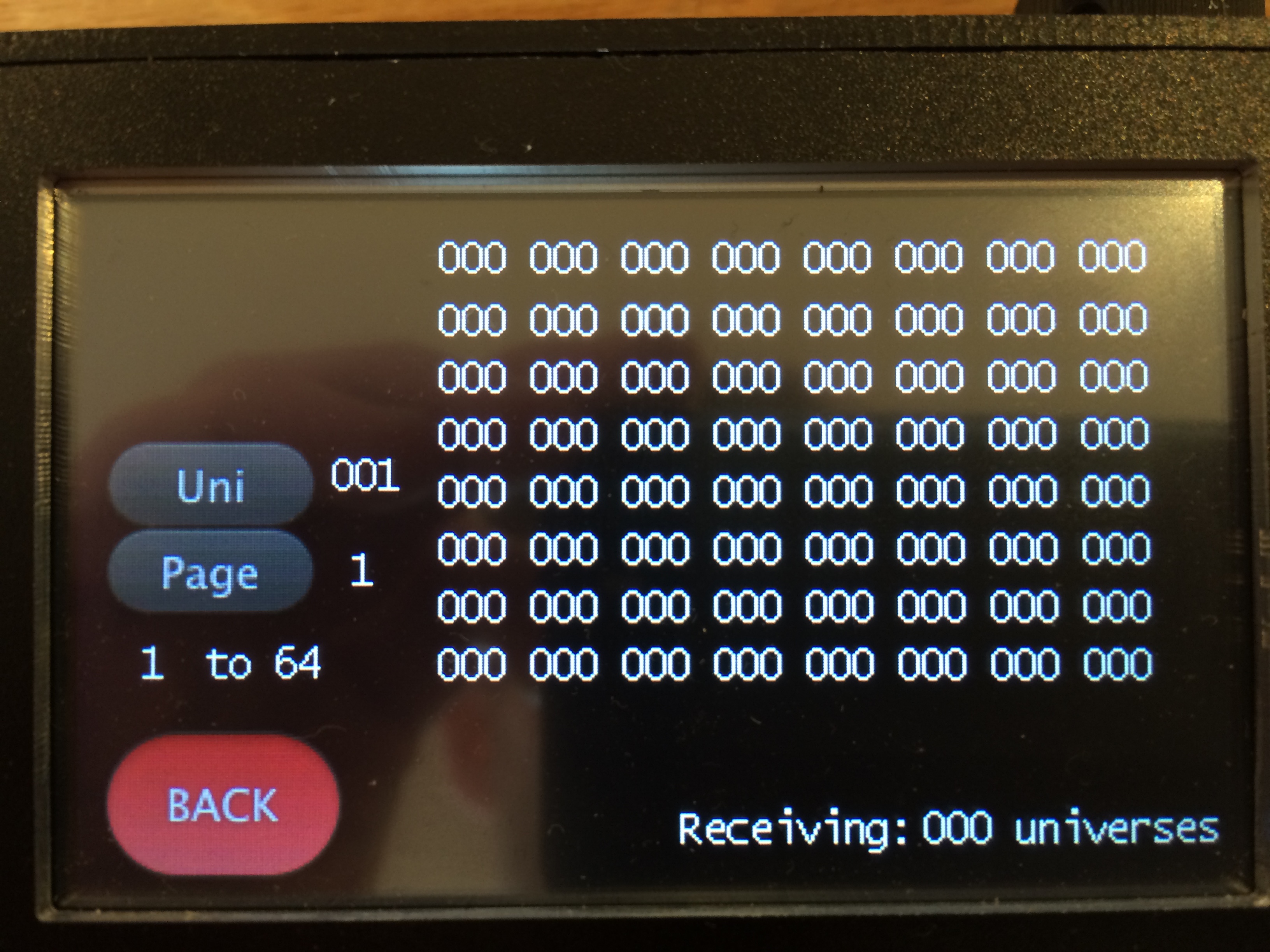

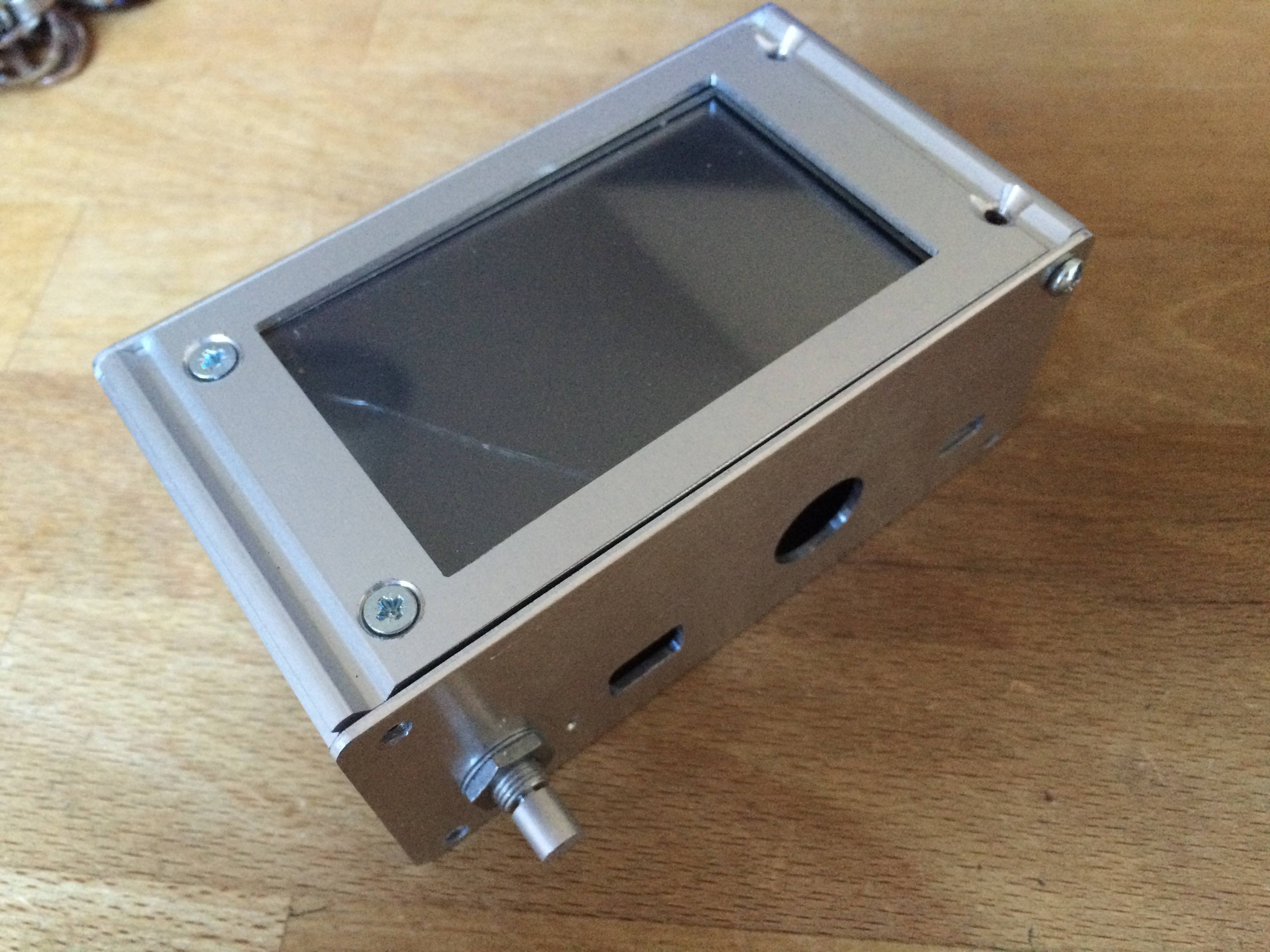
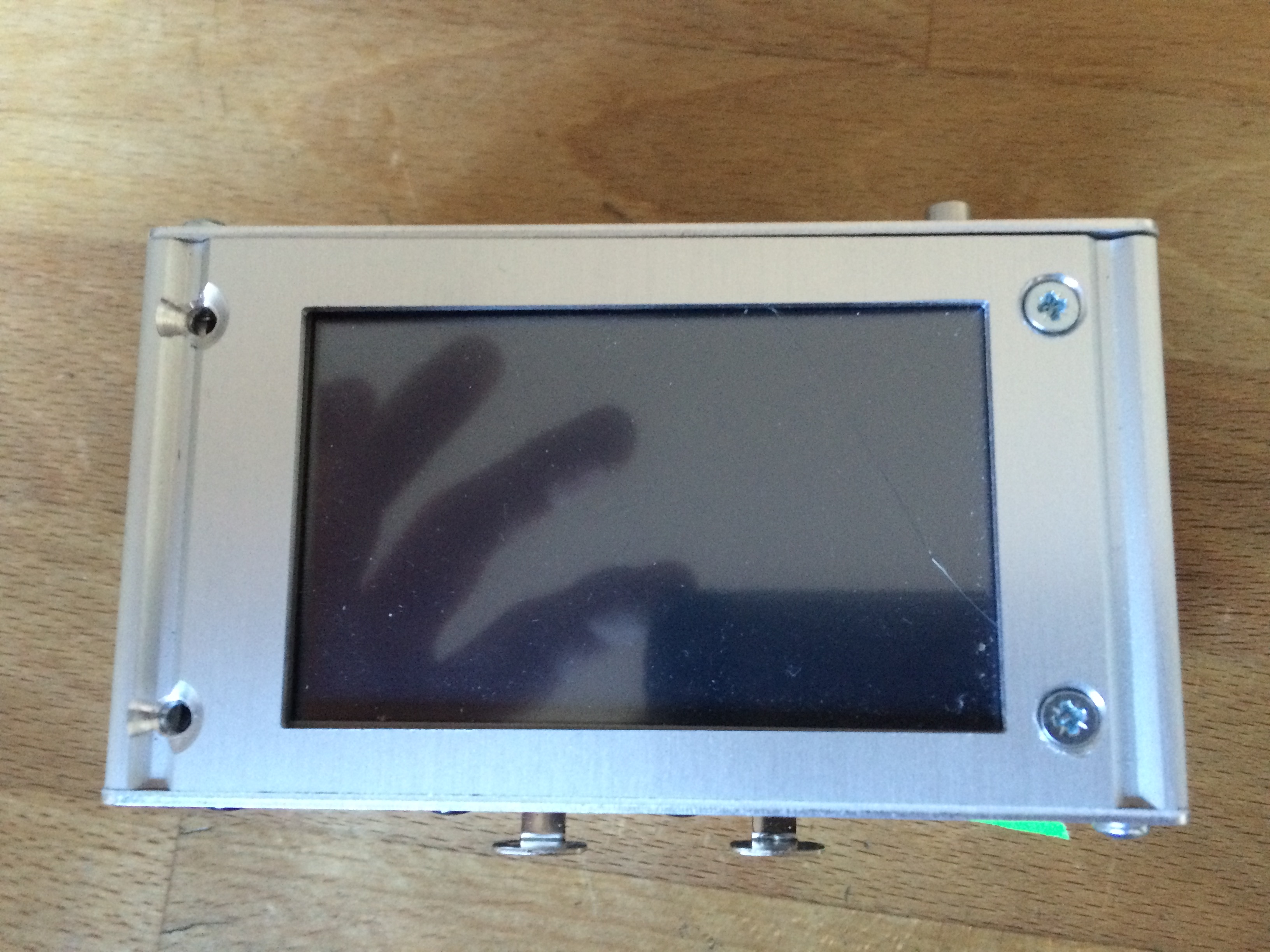

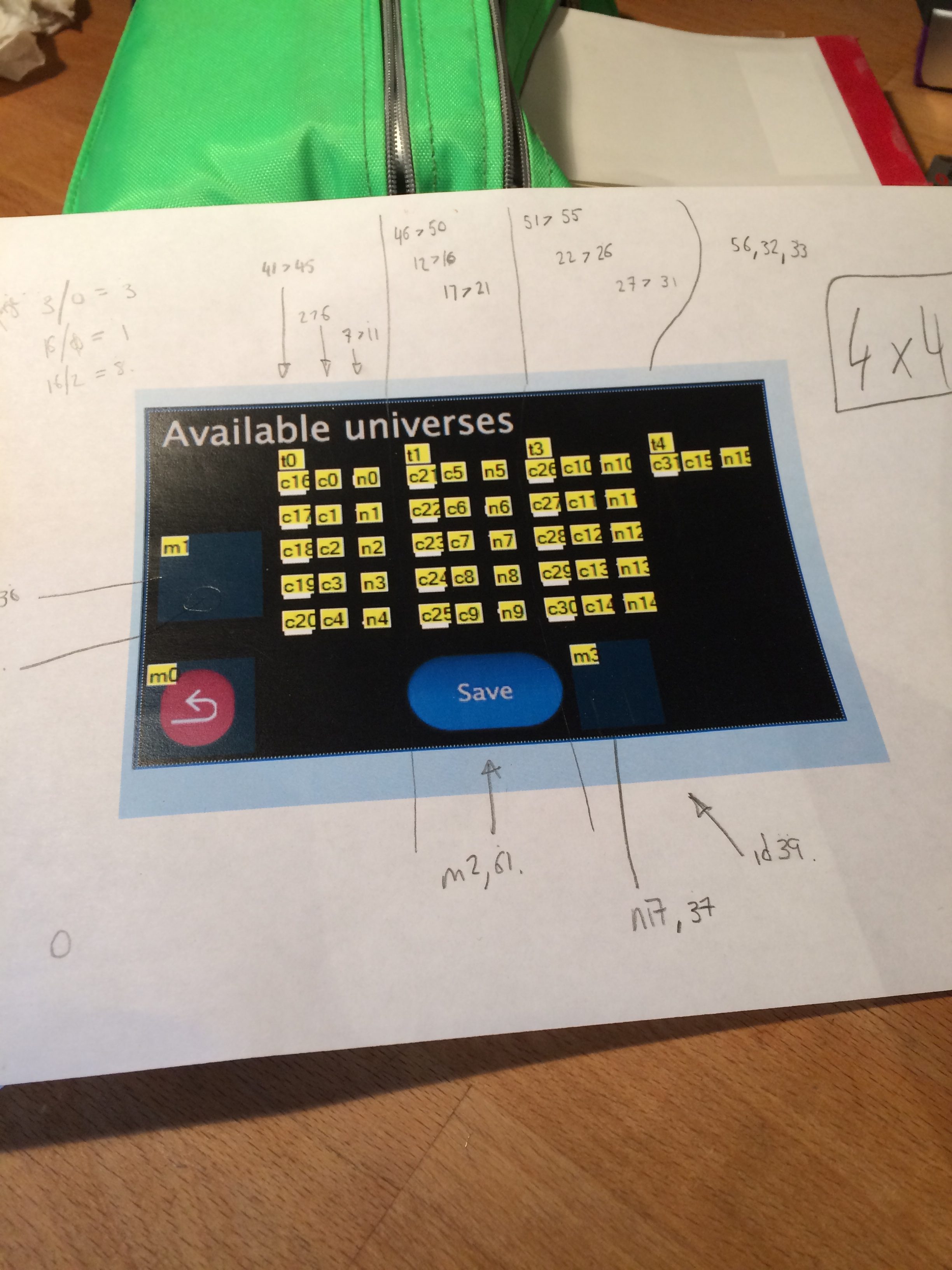
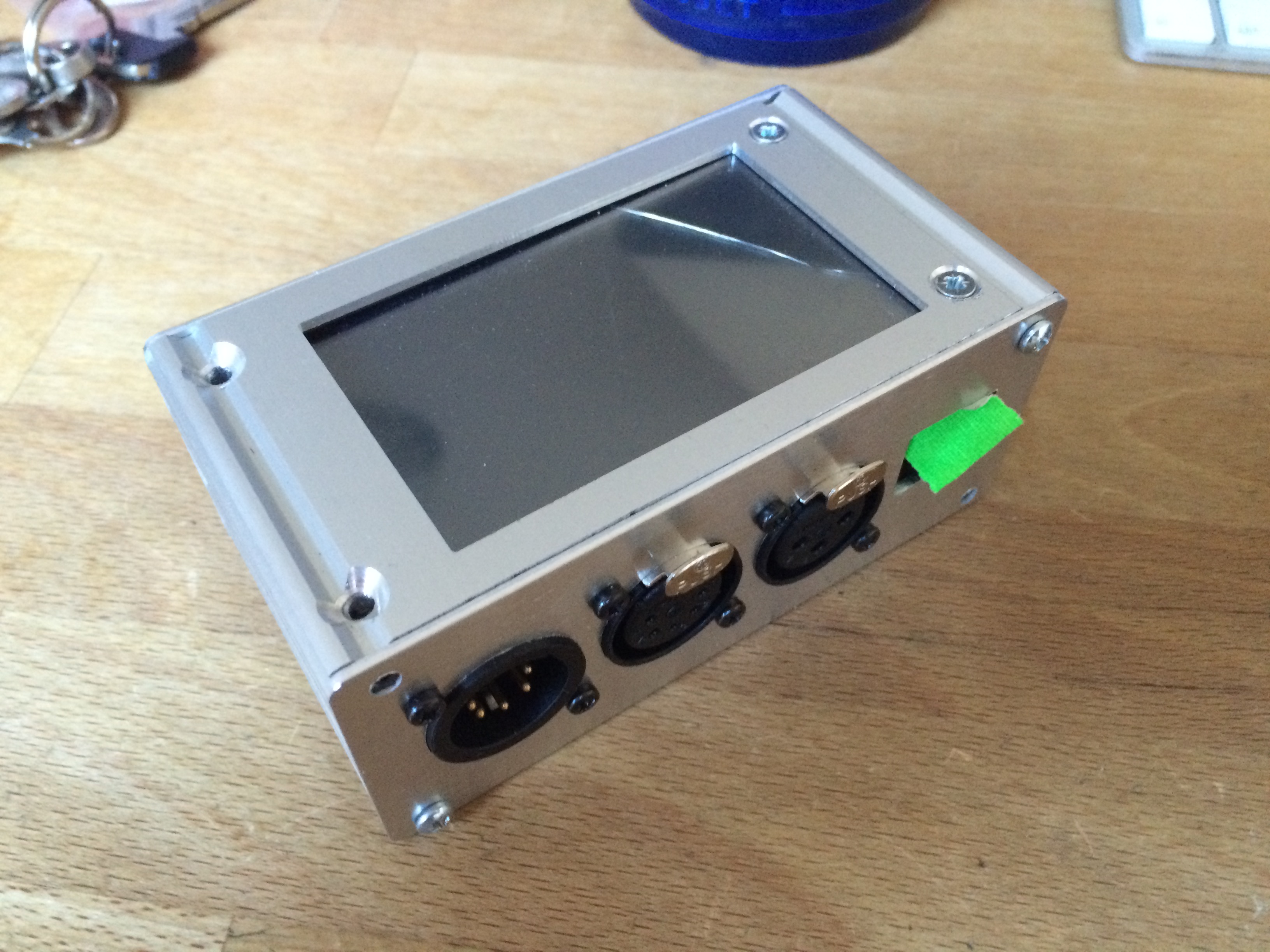
Some really interesting ideas Dan
Can you come and show it to the students in October?
Sure, hopefully it will be in once piece by then!
When is it going to be available Dan? And do you know the rough cost?
Thanks
Not sure at the moment – I am aiming for before Christmas, I want a few more features to be ready in software.
Rough cost is awaiting a bit more hardware readiness.